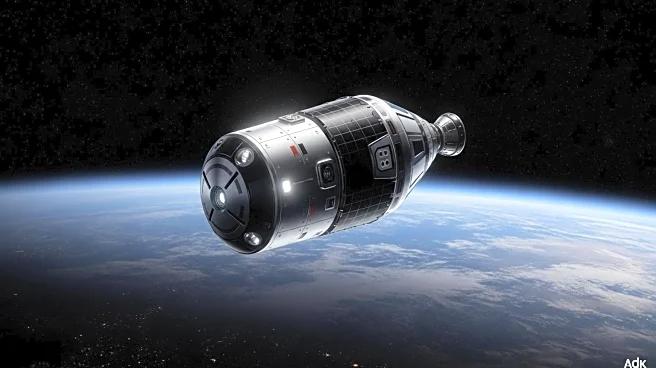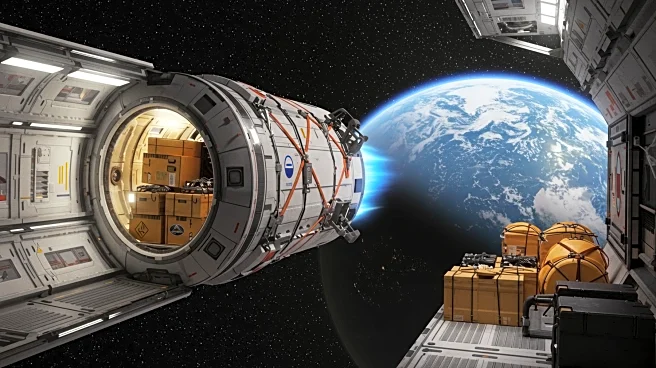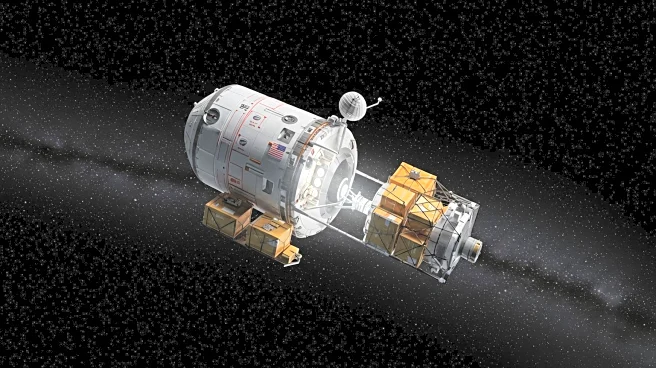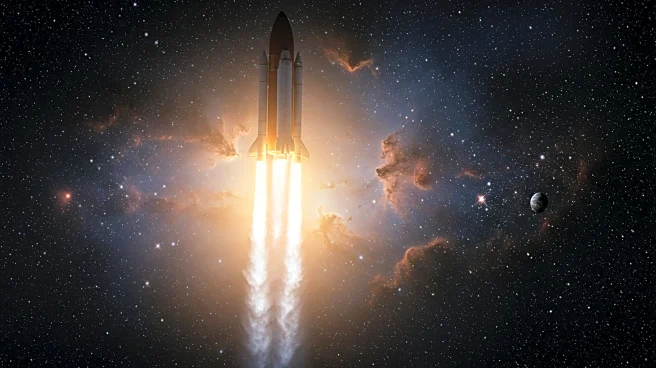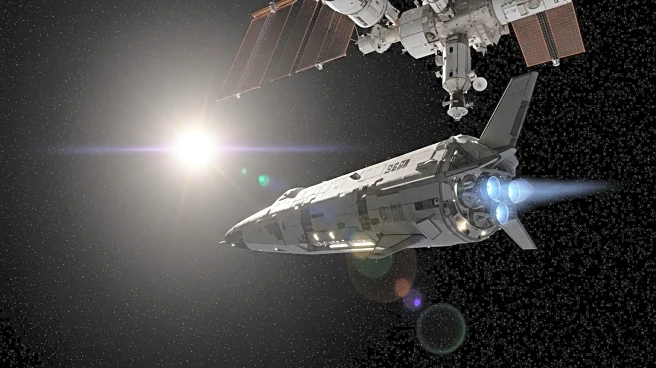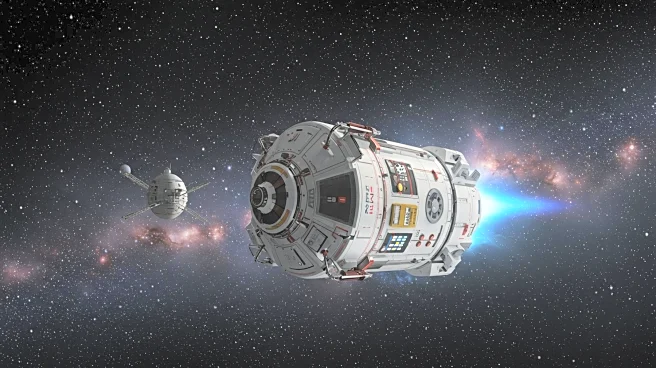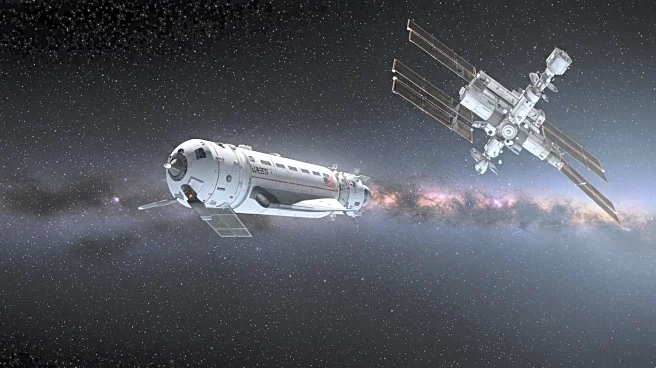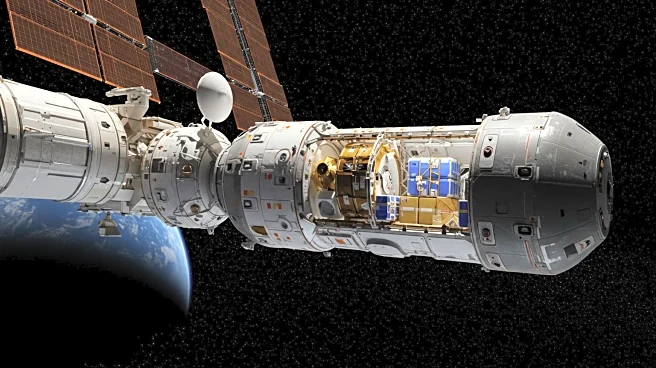What's Happening?
SpaceX's Dragon spacecraft has successfully docked with the International Space Station (ISS) for its 33rd resupply mission, known as CRS-33. This mission is notable for carrying over 50 scientific experiments, including those focused on 3D metal printing and bioprinting tissues. These experiments aim to advance manufacturing capabilities and healthcare in space by enabling the production of essential tools and biological tissues in microgravity. Additionally, the mission includes research on bone loss and other health challenges faced by astronauts, underscoring the ISS's role in enhancing our understanding of life in space and translating these discoveries to improve medical care on Earth.
Why It's Important?
The successful docking of SpaceX's Dragon for the CRS-33 mission highlights the strategic importance of public-private partnerships in space exploration. By facilitating innovative research and technological advancements, these missions help maintain the United States' leadership in space. The experiments onboard have the potential to revolutionize manufacturing and healthcare, reducing reliance on Earth-bound supply chains and boosting the sustainability of long-duration space missions. This mission also reinforces the ISS's central role in scientific research, with potential benefits extending to medical and technological fields on Earth.



